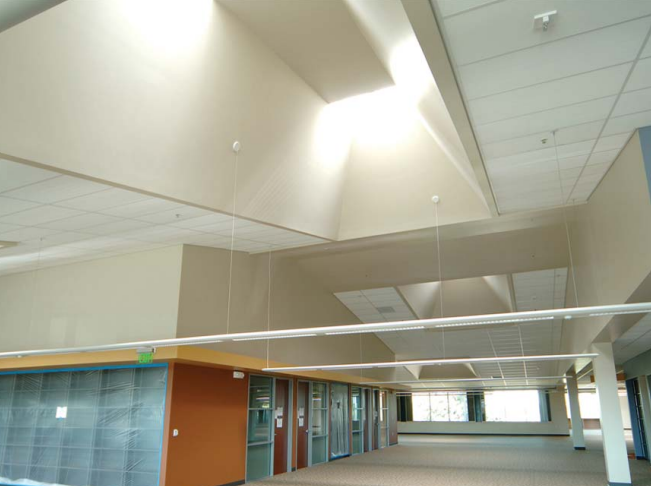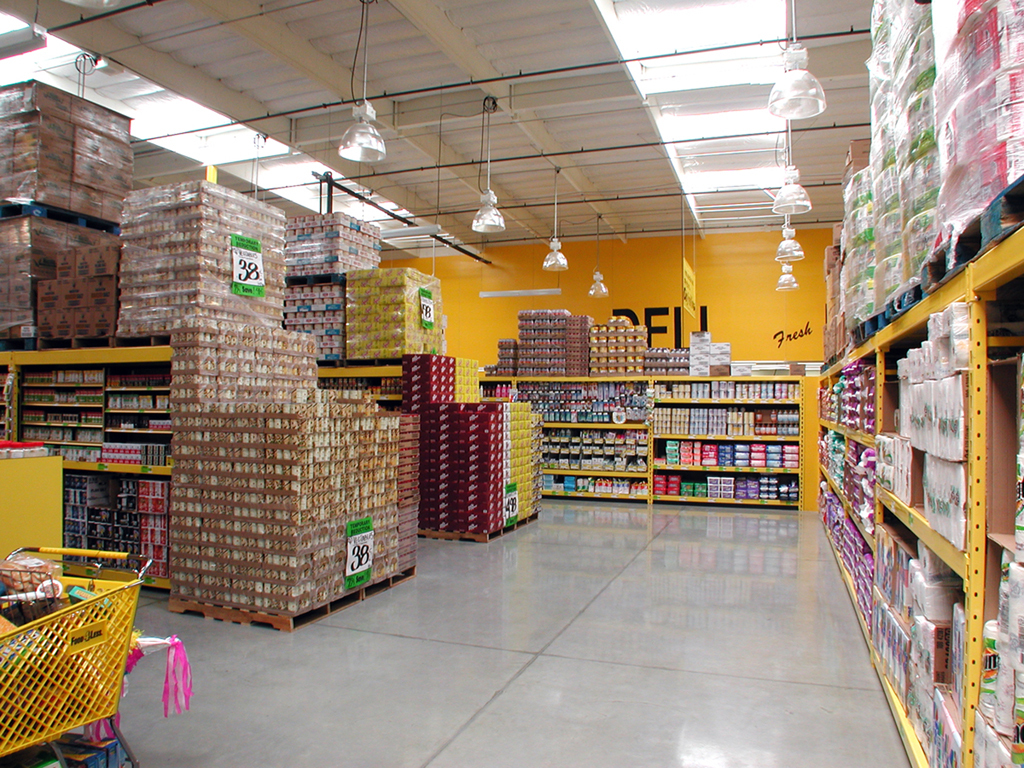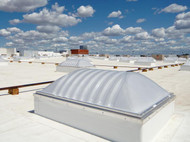Before and After Sunoptics
Apr 15th 2014
In the pursuit of energy efficiency and enhanced occupant well-being, integrating natural light into building designs has become paramount. Sunoptics, a leader in prismatic daylighting systems, offers innovative solutions that not only illuminate spaces but also contribute to energy savings and improved productivity.
The Challenge: Traditional Lighting Limitations
Conventional artificial lighting systems often lead to high energy consumption and can contribute to occupant fatigue due to the lack of natural light exposure. In spaces like classrooms, offices, and industrial facilities, the absence of adequate daylighting can negatively impact performance and well-being.
The Sunoptics Solution: Harnessing the Power of Daylight
Sunoptics' prismatic skylights and daylighting systems are designed to maximize natural light penetration while minimizing heat gain. The prismatic lenses capture sunlight from various angles, distributing it evenly throughout the interior spaces. This approach reduces the need for artificial lighting, leading to significant energy savings.

Daylighting and Code Compliance
Adhering to building codes and standards is crucial in daylighting design. Sunoptics' products are designed to meet or exceed various regulations, including:
-
ASHRAE 90.1-2010: Specifies minimum skylight fenestration and daylight controls to enhance energy efficiency.
-
California Title 24-2013: Outlines requirements for daylighting controls and skylight fenestration in commercial buildings.
-
LEED Certification: Daylighting strategies contribute to earning credits in the LEED rating system, promoting sustainable building practices.
By integrating Sunoptics' daylighting solutions, buildings can achieve compliance with these standards while enhancing occupant comfort.
Benefits of Sunoptics Daylighting Systems
1. Energy Efficiency
Sunoptics' daylighting solutions can replace electric lighting for 70–80% of daylight hours, significantly reducing energy consumption and associated costs. This efficiency is achieved at a fraction of the cost of solar photovoltaic systems.
2. Enhanced Productivity
Studies have shown that exposure to natural light can improve cognitive function and overall productivity. For instance, classrooms with ample daylighting have reported faster student progress in math and reading.
3. Improved Well-being
Natural light positively affects mood and health, reducing absenteeism and enhancing occupant satisfaction. Daylit environments are perceived as more vibrant and energizing.
4. Environmental Impact
By reducing reliance on artificial lighting, Sunoptics' systems contribute to lower greenhouse gas emissions and a smaller carbon footprint, supporting sustainable building practices.

Case Study: Warehouse Retrofit with Sunoptics
A recent retrofit of a warehouse facility utilizing Sunoptics' prismatic skylights resulted in:
-
Energy Savings: A 60% reduction in lighting energy costs.
-
Enhanced Visibility: Improved natural lighting led to better product visibility and reduced errors.
-
Occupant Satisfaction: Employees reported higher satisfaction due to the improved lighting conditions.
This case underscores the tangible benefits of integrating Sunoptics' daylighting solutions into existing structures.

Conclusion
Transitioning from traditional artificial lighting to Sunoptics' prismatic daylighting systems offers substantial advantages in energy efficiency, occupant well-being, and environmental sustainability. By embracing these innovative solutions, building owners and designers can create brighter, more efficient, and healthier spaces.

